 | Tobias Ostrander - 1832 - 276 pages
...What appearance have the moons or jplanets, when their disks are magnified by the aid of a telescope ? When a ray of light passes out of one medium into another, is it turned out of its former course ? If it does, how can it be proved ? With what is the earth surrounded... | |
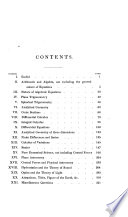 | 1836 - 366 pages
...angle is the same for all distances of the eye. 183* 145. Explain the experiments by which it appears that when a ray of light passes out of one medium into another, the sine of incidence is to the sine of refraction in a given ratio ; and that if the refracted ray becomes... | |
 | William Mackenzie - 1841 - 326 pages
...refracted rays. is turned back into the medium in which it was moving, it is said to be reflected. 7. When a ray of light passes out of one medium into another, and has its direction changed at the common surface of the two media, it is said to be refracted. 8.... | |
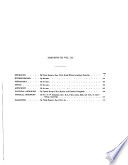 | Encyclopaedia - 1845 - 902 pages
...constant ratio to each other, whatever the obliquity may be. This is precisely the same thing as saying, that when a ray of light passes out of one medium into another, the sine« of the angles of incidence and refraction, always p1*" serve a constant ratio for every variety... | |
 | Harvey Goodwin - 1846 - 500 pages
...submerged will come to the eye, as if from a point nearer to the surface than the point itself. 32. When a ray of light passes out of one medium into another, as the angle of incidence increases, the angle of deviation also increases. Let 0 be the angle of incidence,... | |
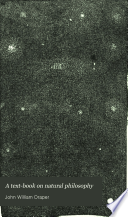 | John William Draper - 1847 - 412 pages
...Rays on plane Surfaces. — The Prism. — Action of the Prism on a Ray. — The Multiplying- Glass. WHEN a ray of light passes out of one medium into another of a different density, its rectilinear progress is disturbed, and it bends into a new path. This phenomenon... | |
 | London univ - 1852 - 358 pages
...a ray incident parallel to one of them may after reflexion at each be parallel to the other ? . 8. When a ray of light passes out of one medium into another, as the angle of incidence increases the angle of deviation also increases. 9. A ray of light is refracted... | |
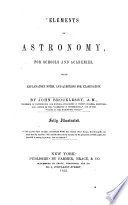 | John Brocklesby - 1855 - 394 pages
...2, 1, and concave to the surface of the earth. 81. VARIATION OF REFRACTION IN RESPECT TO ALTITUDE. When a ray of light passes out of one medium into another, the more obliquely it strikes the surface of the second medium the more it is refracted, and if it falls... | |
 | Elias Loomis - 1858 - 374 pages
...convex mirror are made to diverge more than before reflection. SECTION III. REFRACTION OF UGHT. 417. When a ray of light passes out of one medium into another of a different density, it changes its direction at the point which separates the two media. This phenomenon... | |
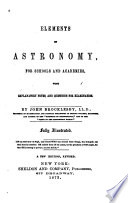 | John Brocklesby - 1872 - 374 pages
...2, 1, and Concave to the surface of the earth. 81. VARIATION OF EEFRACTION IN RESPECT TO ALTITUDE. When a ray of light passes out of one medium into another, the more obliquely it strikes the surface of the second medium the more it is refracted, and if it falls... | |
| |